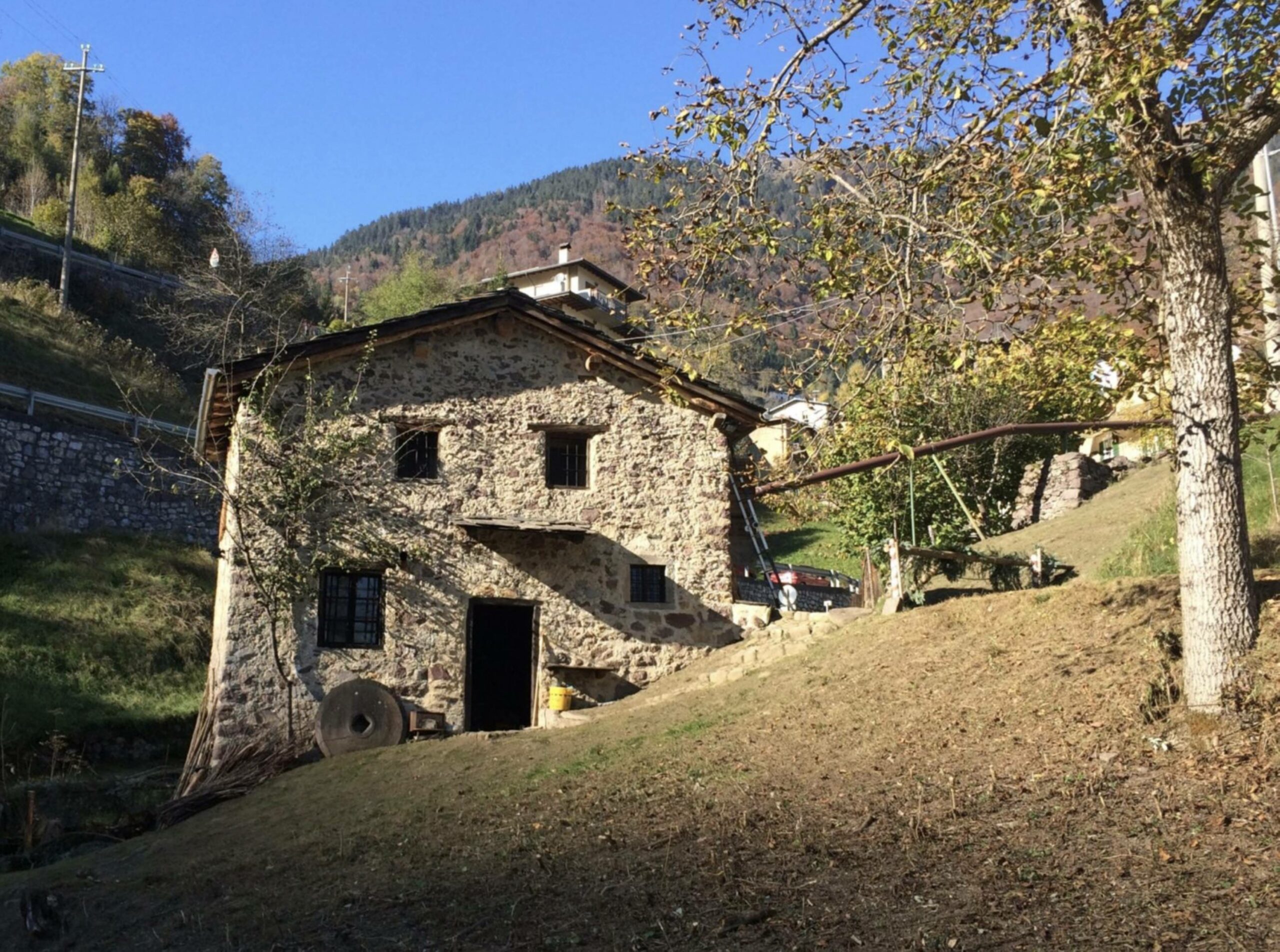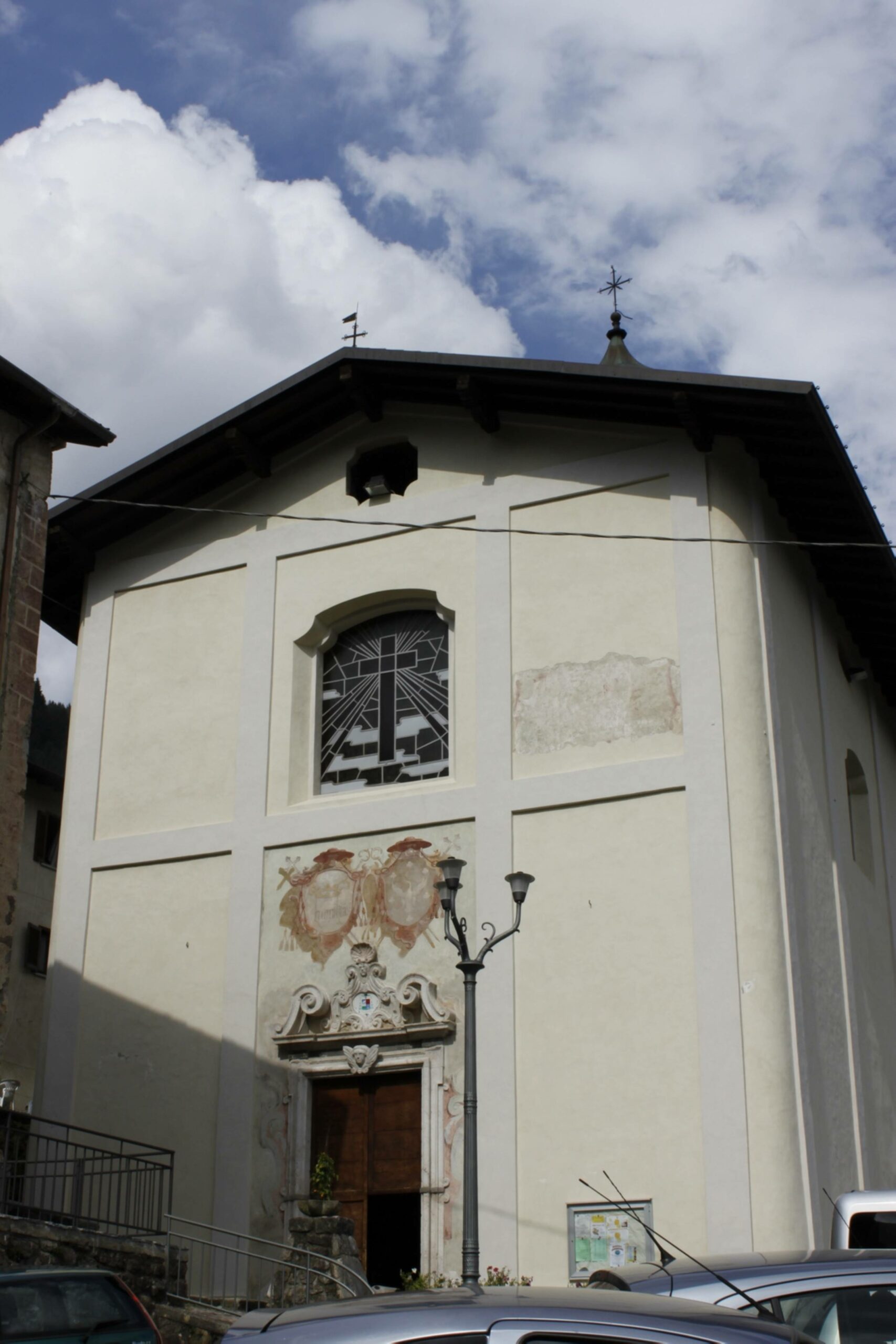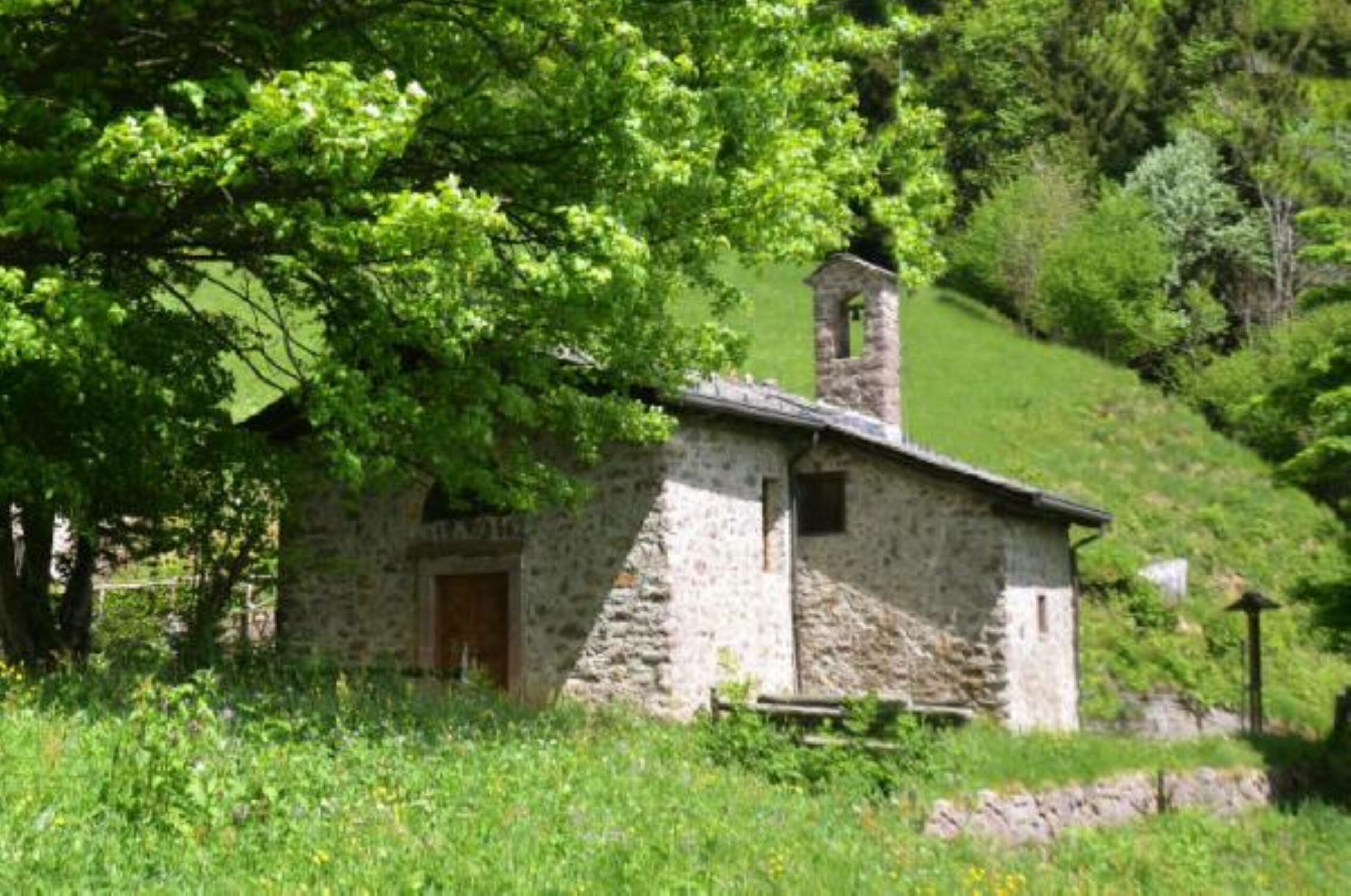The route followed by the Via del Ferro (Iron Way) in the municipality of Cusio joins the two principal “low altitude” passes in an east-west direction, namely Colla and the Colle della Maddalena saddle at relatively low heights when compared to the basin in which the municipal territory lies (altitude 1,026 m). The pleasant route, not physically difficult, consists of rough country tracks and a long stretch of stepped path in the built-up area of the main town.
Tracciato Storico
Itinerario escursionistico
Difficoltà:
The Ancient Cusio Mill dates back to the mid-17th century, or rather, the earliest document mentioning the structure is from that period. Built in local stone, with a slate roof, it was carefully restored by work that was completed in 2014. Inside, the wheels and millstones operate just as they did in old times, using the power of water from the nearby stream. The water, which is brought to the mill wheel by a pipe, sets the gears into motion, evoking the magic of milling on every occasion. Still today, there are many maize farmers who choose to grind the fruits of their labour in this ancient and valuable mill, in order to obtain a quality product just as in the past. The outdoor wheel, originally made of wood, was replaced by a metal version due to wear and tear, while the gears and other internal components are still in the original timber.

Part of the diocese of Milan until 1785, dedicated to Saint Margaret of Antioch, it separated from the mother church of Santa Brigida as early as 1476, and itself incorporated the curacy of the church of Ornica. The first church was of ancient origins, in the local Romanesque style, with a simple hall and a presbytery raised by a few steps, entirely frescoed, as can be seen from the remains of some wall-paintings in the church. Most significantly, the church was embellished in 1517 by a wooden altarpiece, with the six compartments of the polyptych painted by the great artist Andrea Previtali (1470/80-1528) and paid for by the local people with no less than 3,000 sacks of coal! San Carlo (St. Charles) Borromeo made pastoral visits to the ancient church twice, in 1566 and 1582. In 1748, the church was completely rebuilt to a design by the Lugano master builder Antonio Beragio and it was re-consecrated in 1754 by Cardinal Pozzobonelli of Milan, whose coat of arms is frescoed on the façade alongside the emblem of San Carlo. The church was further enlarged in 1908 to a design by architect Elia Fornoni. The interior space is compact and well-balanced, dominated by the large cross in the presbytery, reminiscent of the jewelled cross of the earliest Christian churches, a work by artist Elio Bianco, who also made the conciliar altar. The choir presents carving and inlay work by Angelo Regazzoni dating back to 1782, while the great local artist Antonio Rovelli (1640-1710) crafted the cathedra, a magnificent kneeler, the women’s confessional at the back of the church and the cupboards in the sacristy, meticulously-crafted examples of wood carving and inlay. In addition to the aforementioned polyptych by Previtali, the paintings include beautiful canvases by Venetian artist Pietro Damini (1592-1631) and Christ Placated by the Virgin in the presbytery, a canvas with the figures of Saint Anthony and Saint Joseph, and a painting of the pregnant Virgin by Gian Battista Guerinoni. The vestments include a cope with clasp, in silk and embroidery in gold thread, a Chinese piece dating back to the 16th century.

This chapel is at the pass, on the hill bearing the same name, on the ancient road to Mount Avaro and Ornica. An ancient church of medieval origin, it is a small building in local Romanesque style, with a simple hall for the congregation and a small rectangular presbytery. The ancient bell tower, solid but well-proportioned, makes it a harmonious building that fits well into the natural setting of the pass. It has been a place of worship since ancient times, benefiting from bequests and donations from the population and supported by mayors and treasurers. The simple interior invites meditation, and it was once decorated by frescoes of which a few fragments can still be seen, the work of local painters from the Averara valley. The altar was adorned with fine woodwork, carved and inlaid pieces by the local Rovelli workshop, which also made the cupboard in the sacristy, and likewise the large piece of furniture that is now in the sacristy of the parish church. The 15th-century crucifix that dominates the church is fine and well-preserved. The location, in restful arcadian landscapes, induces peace and serenity.